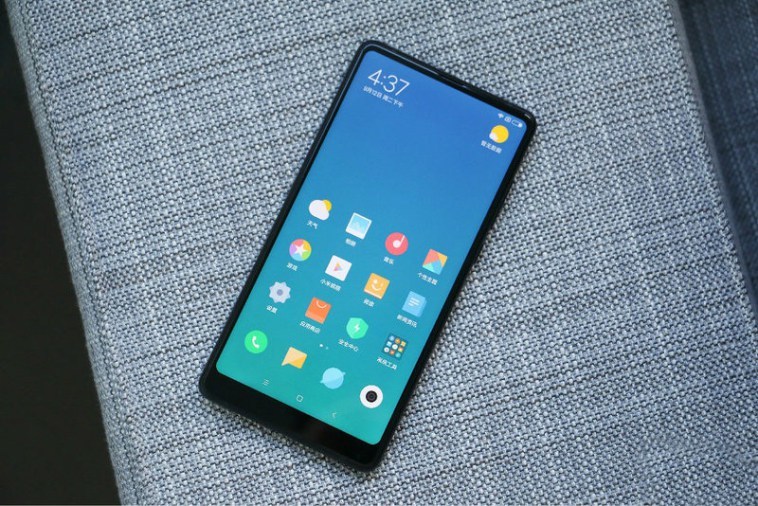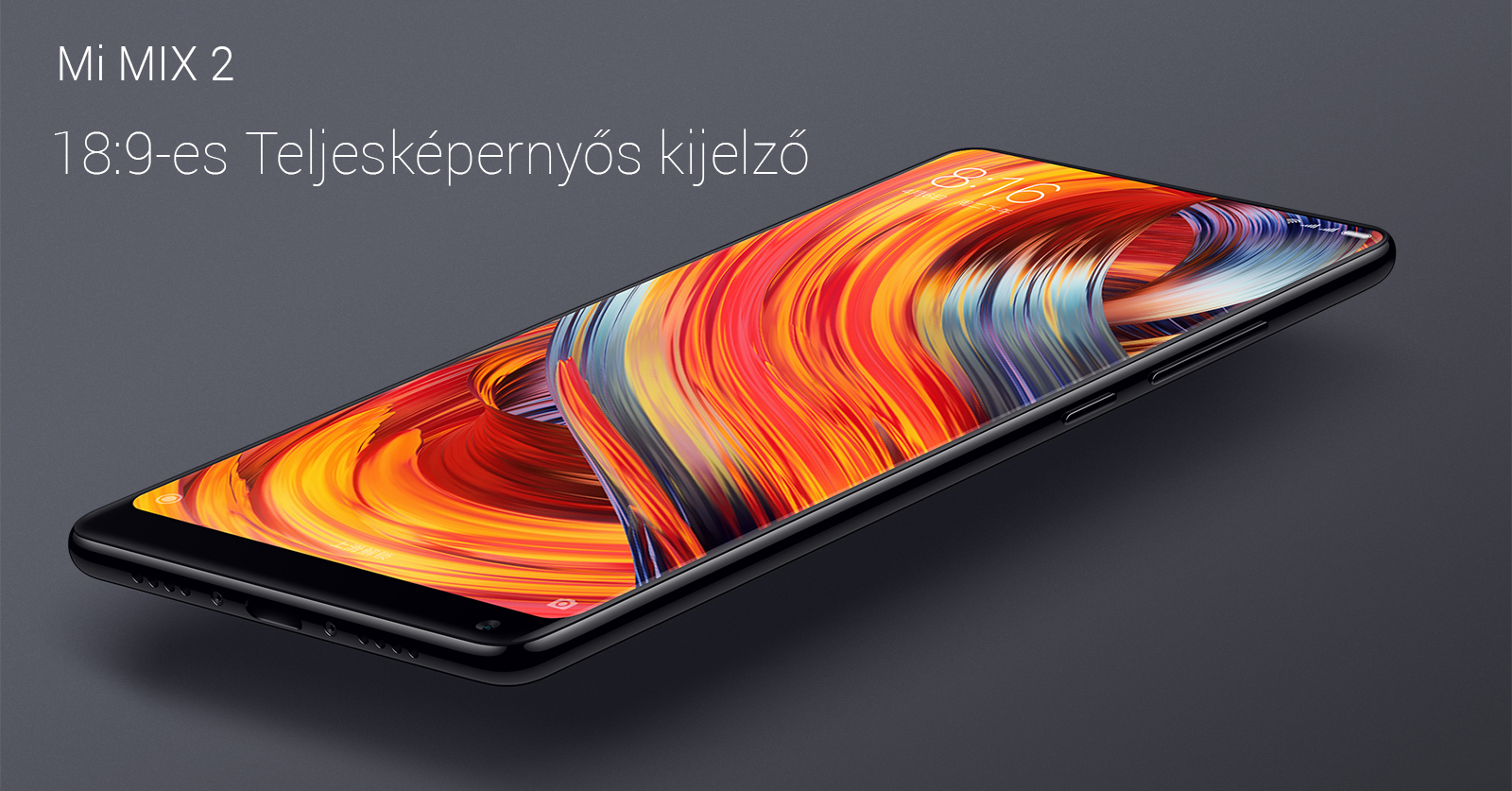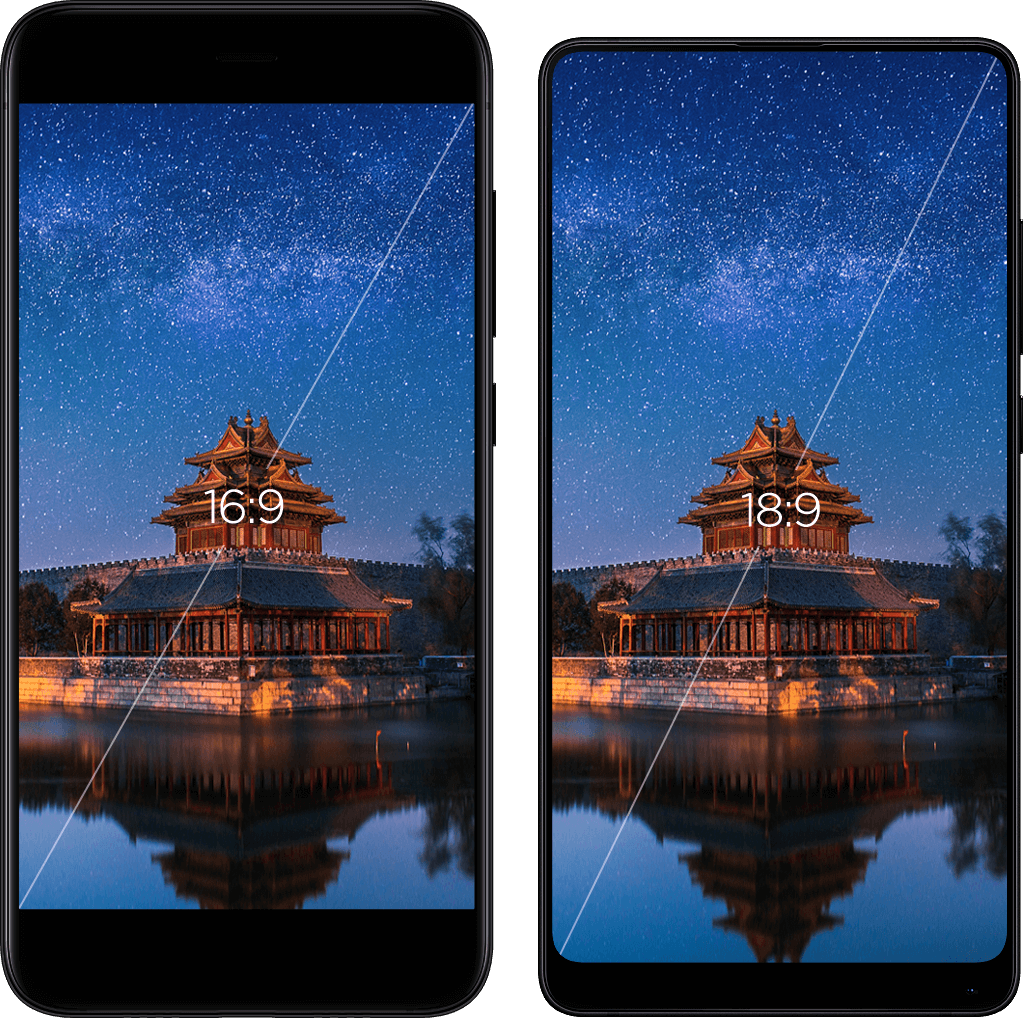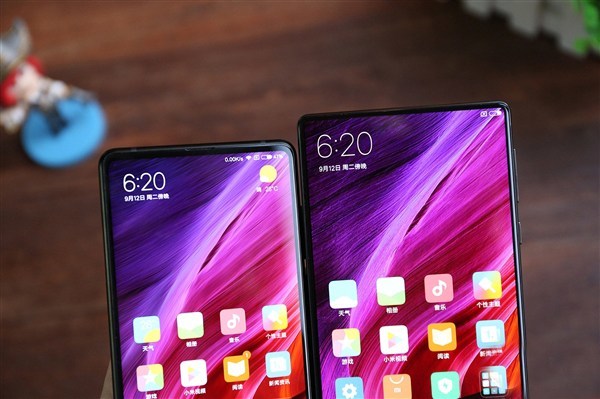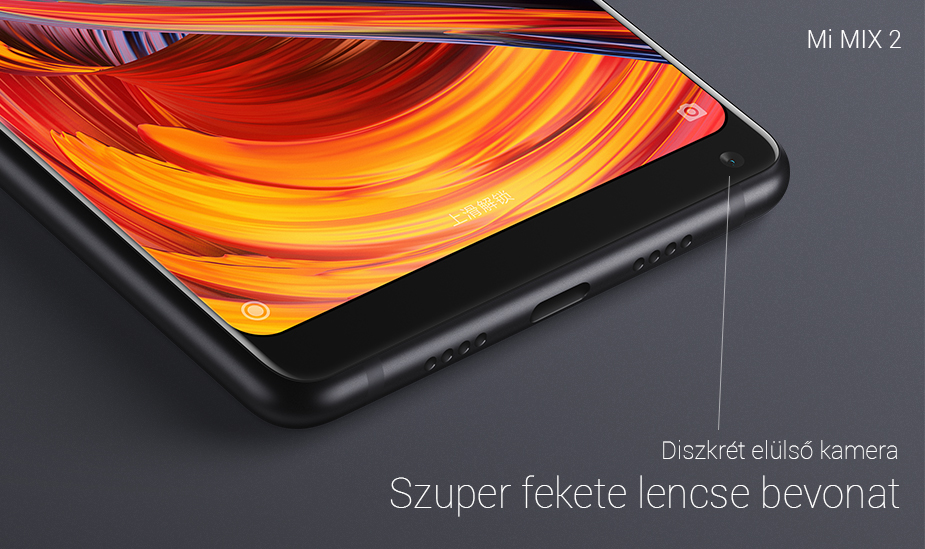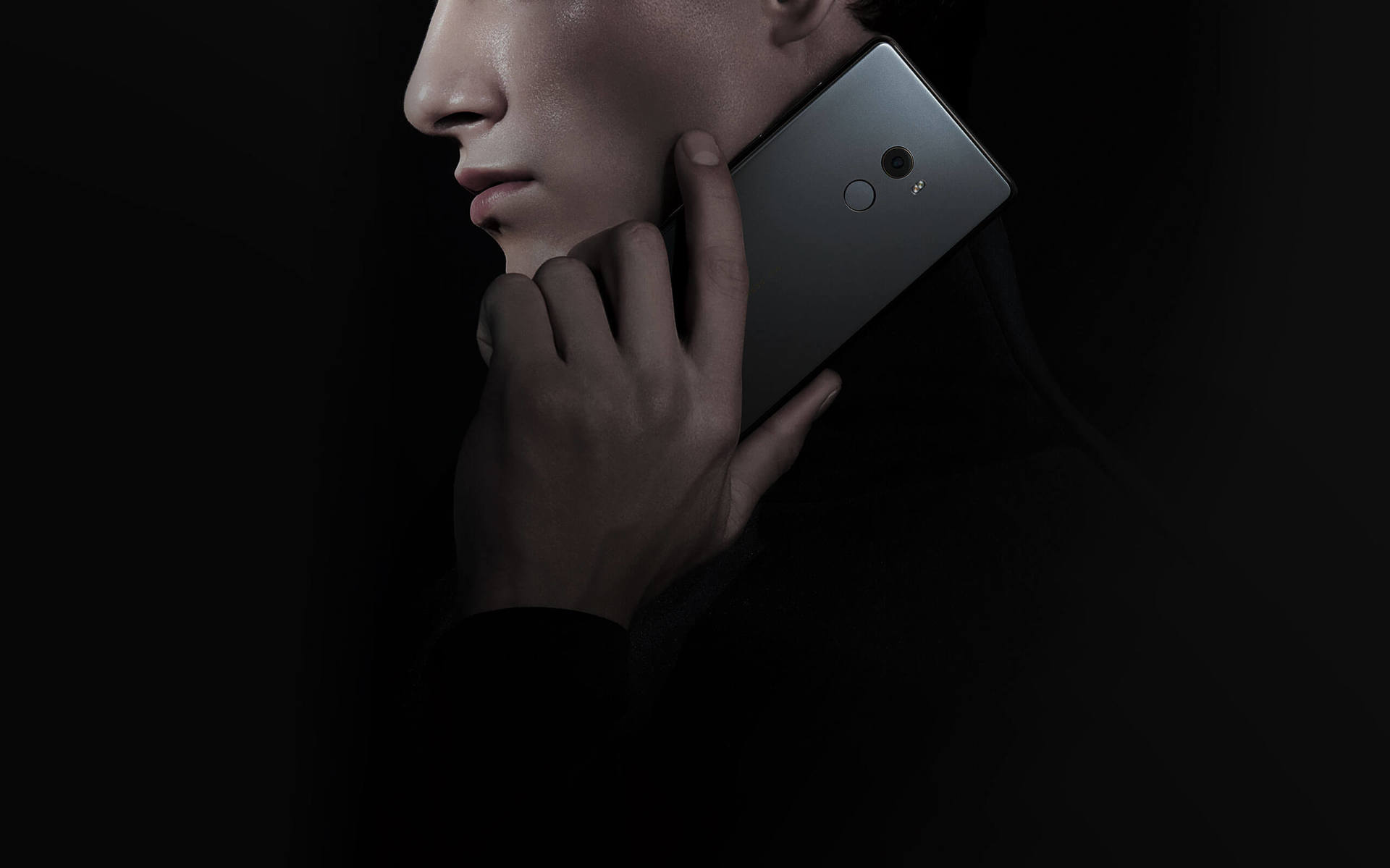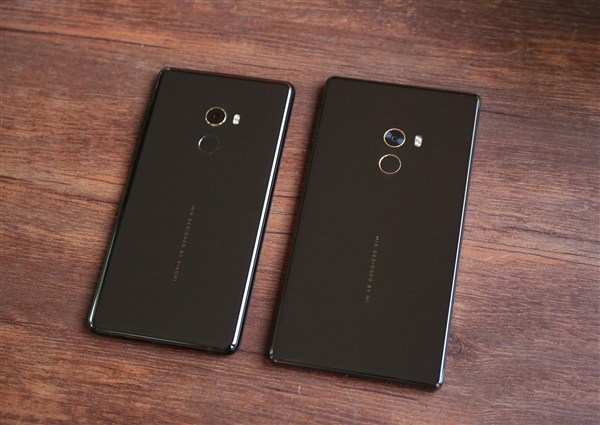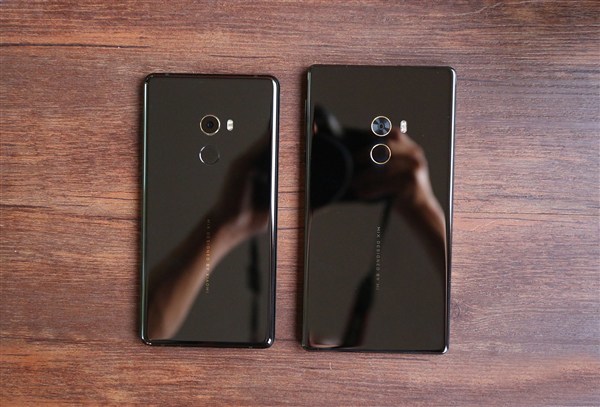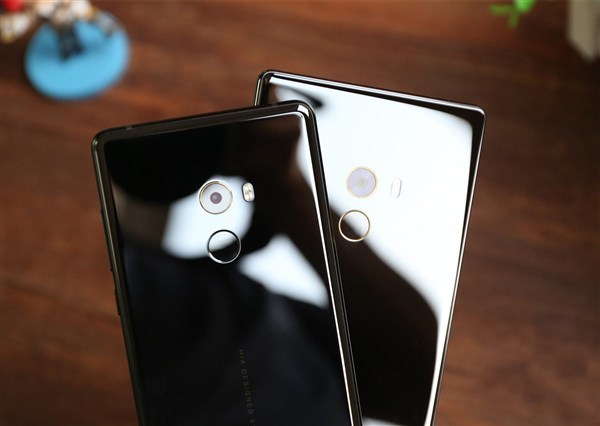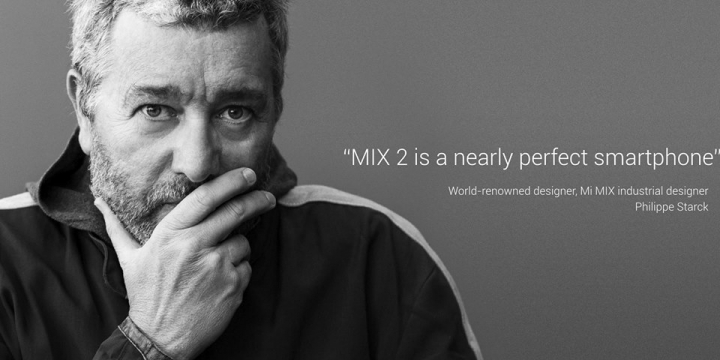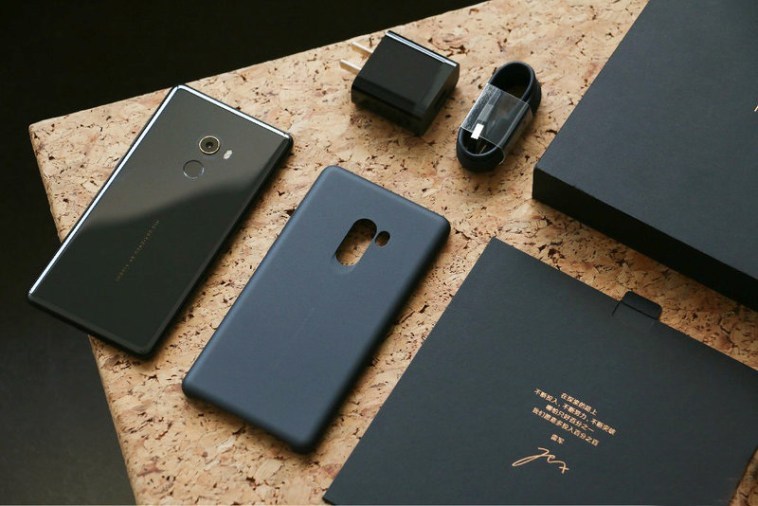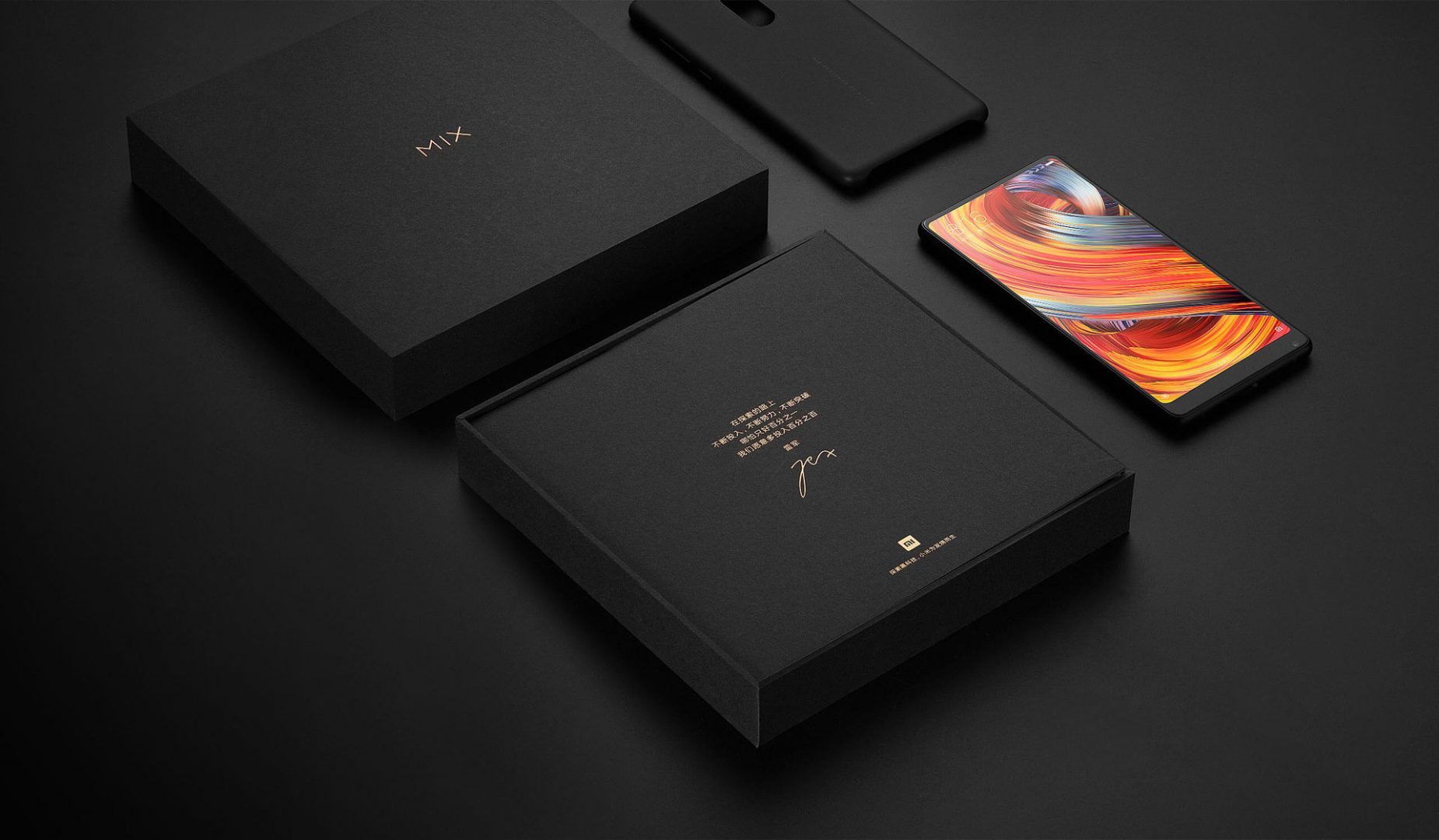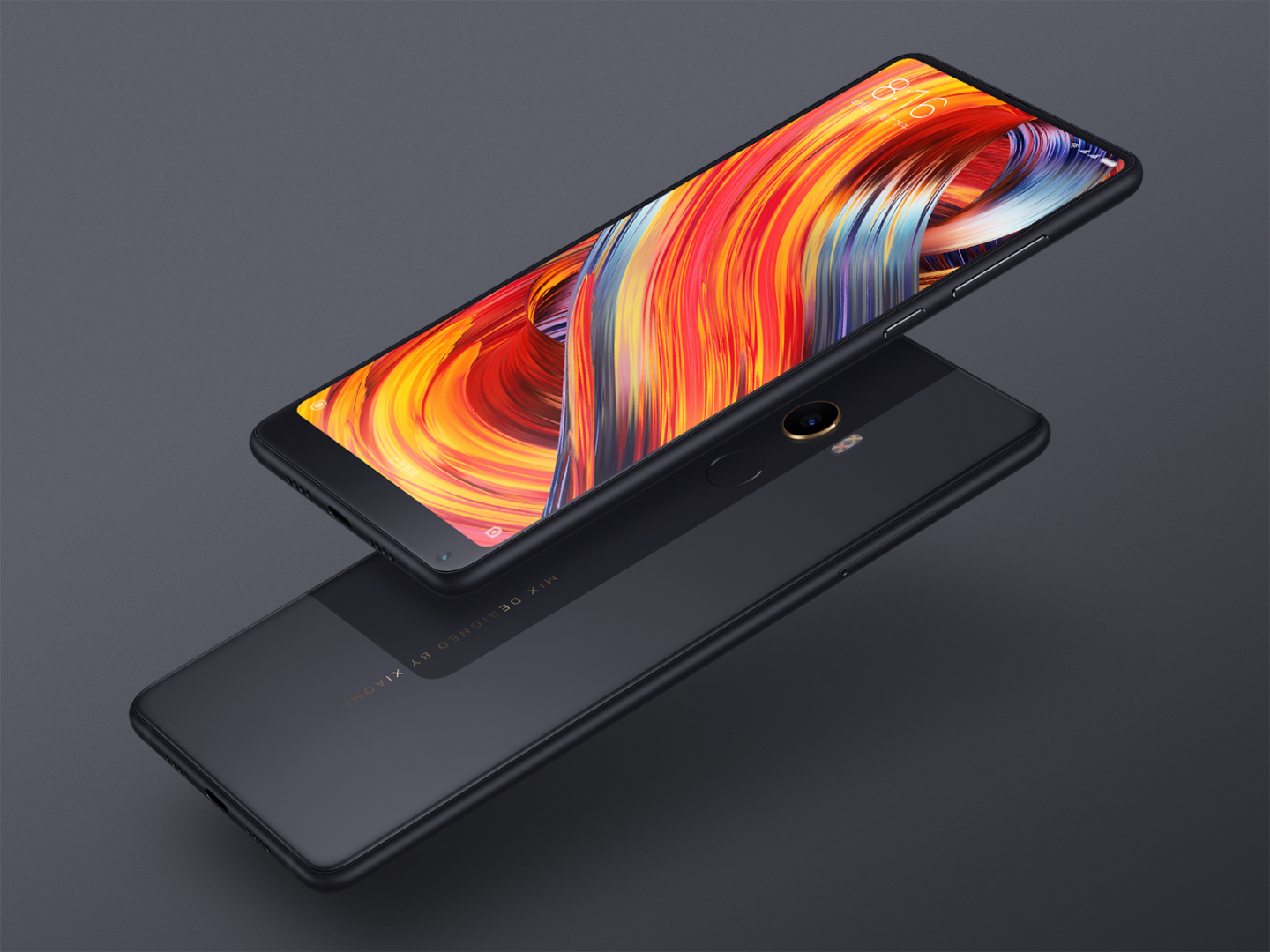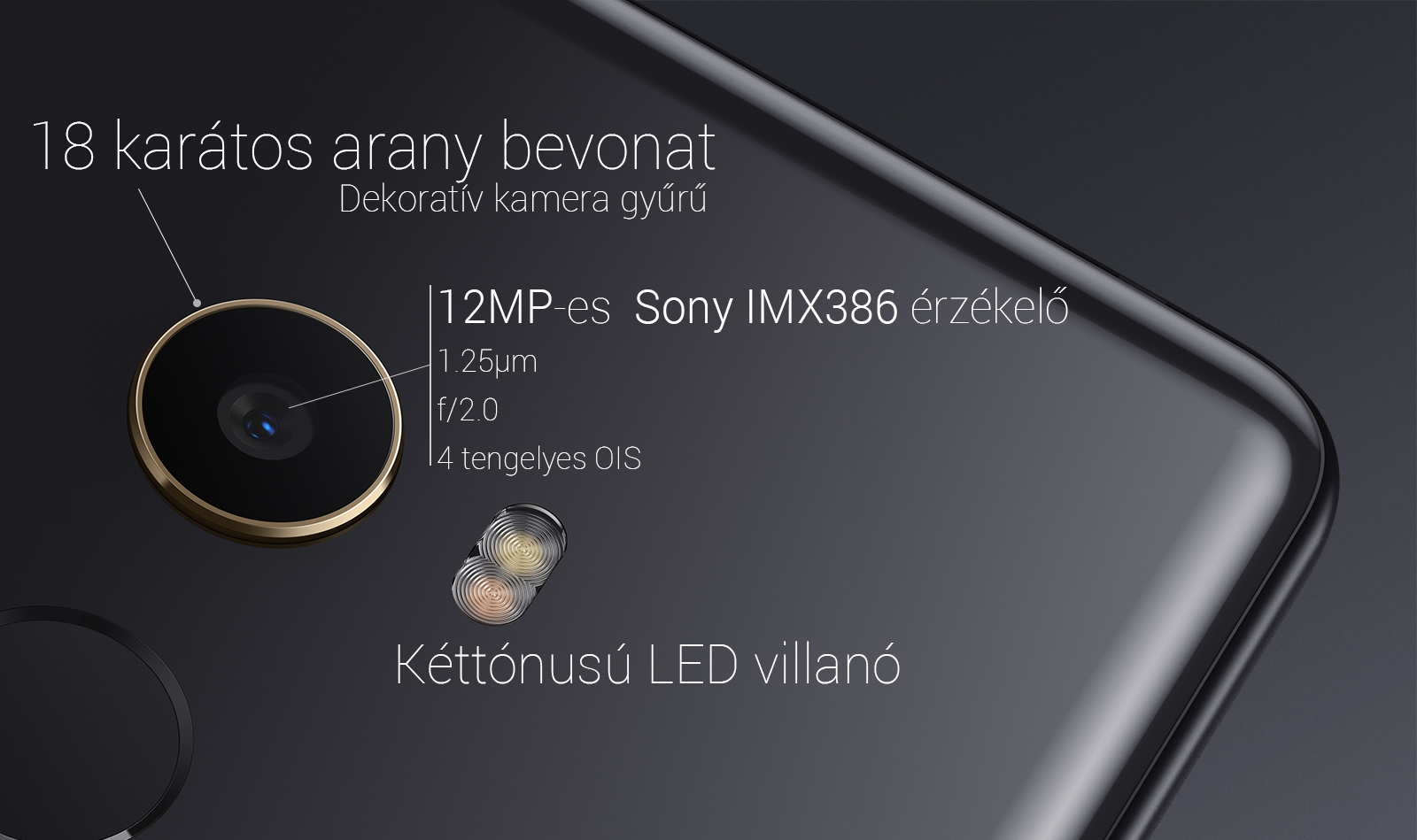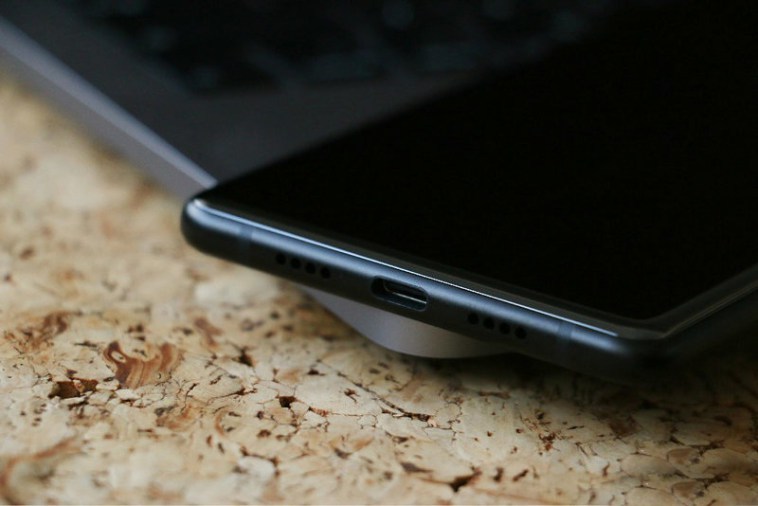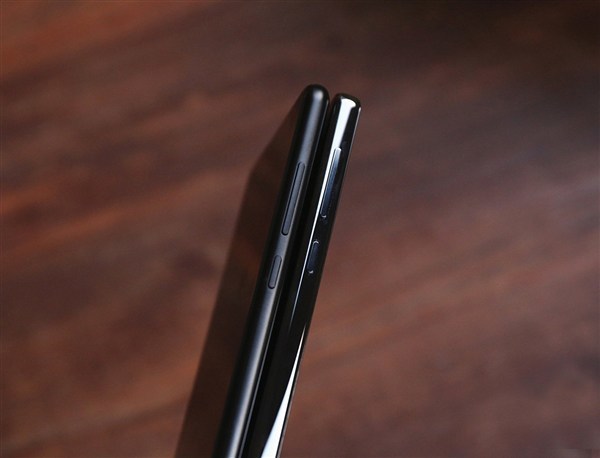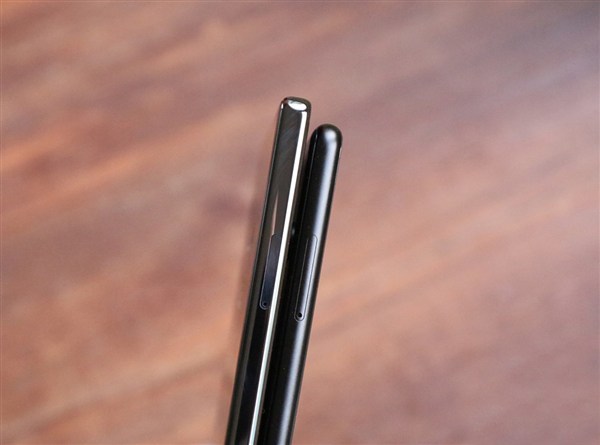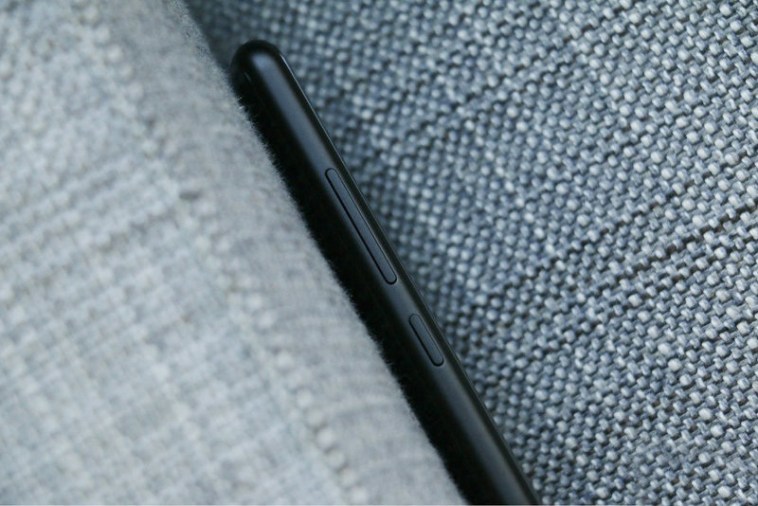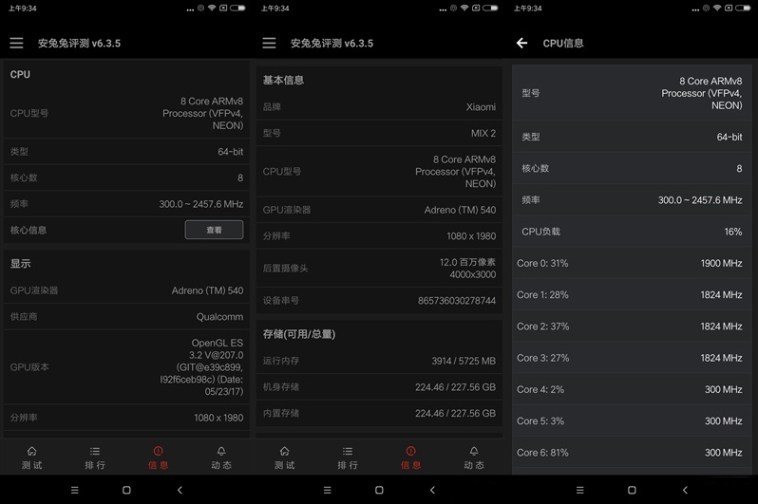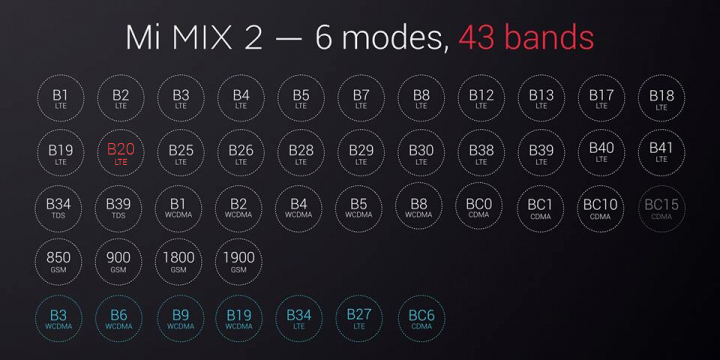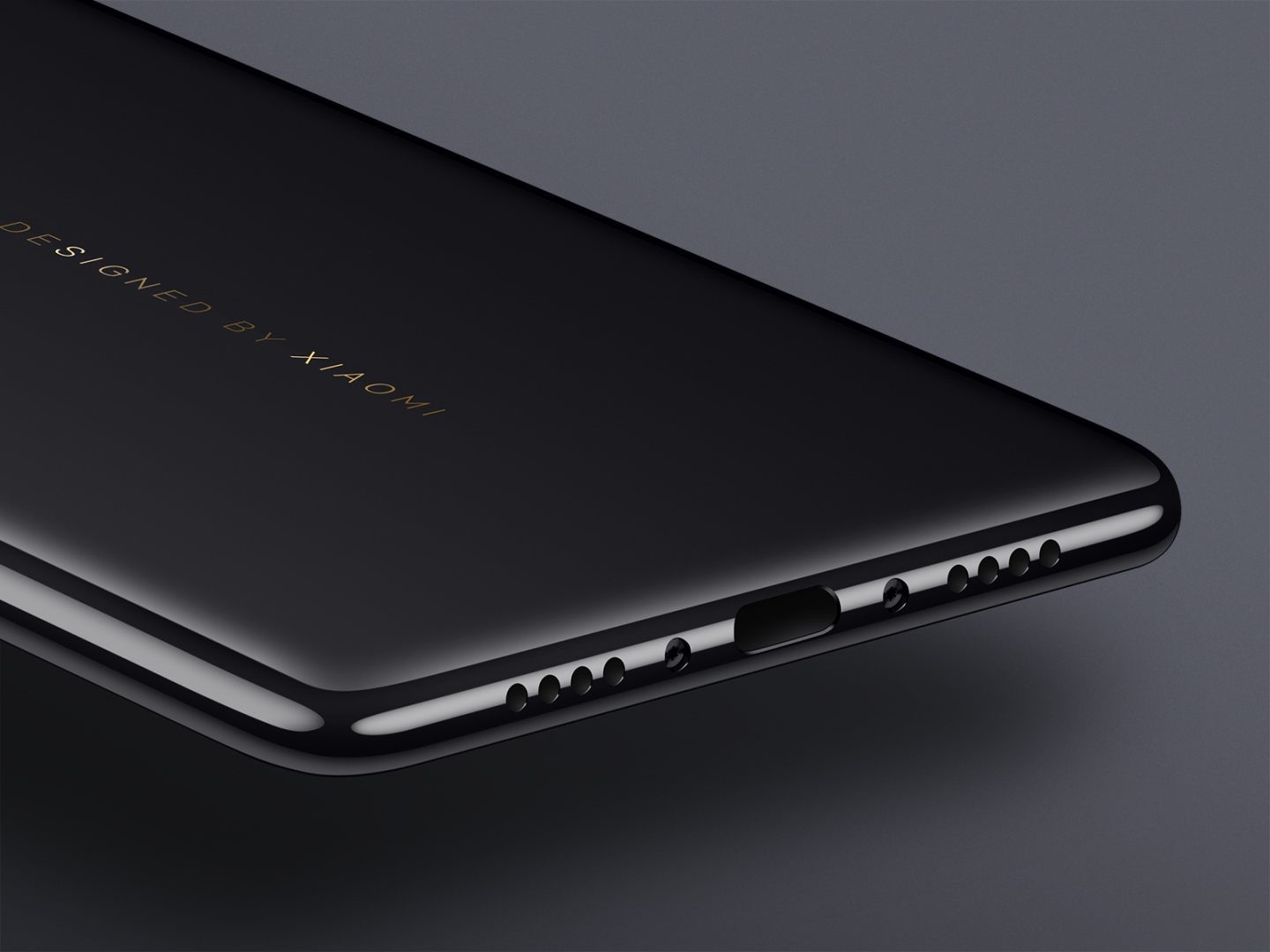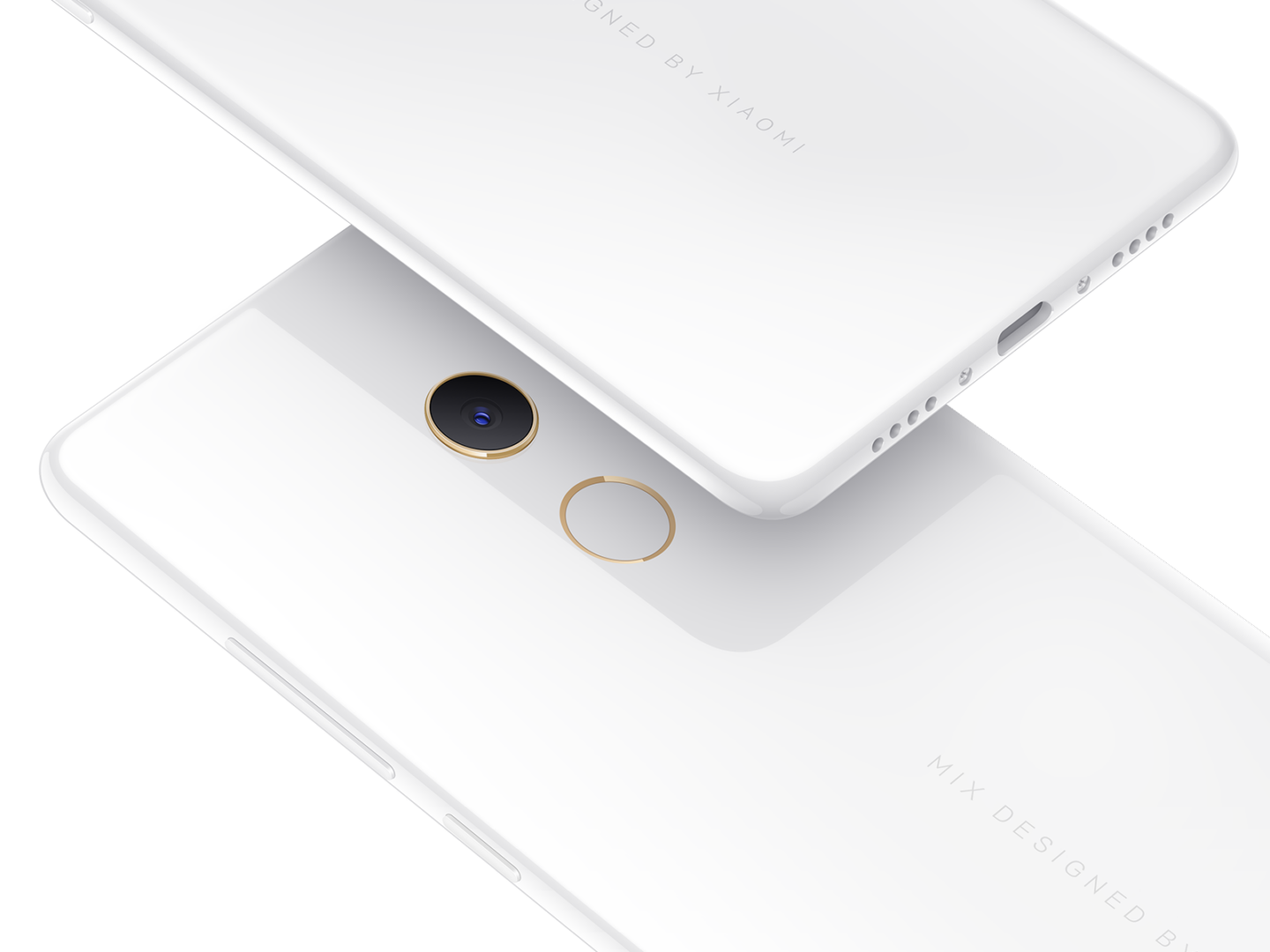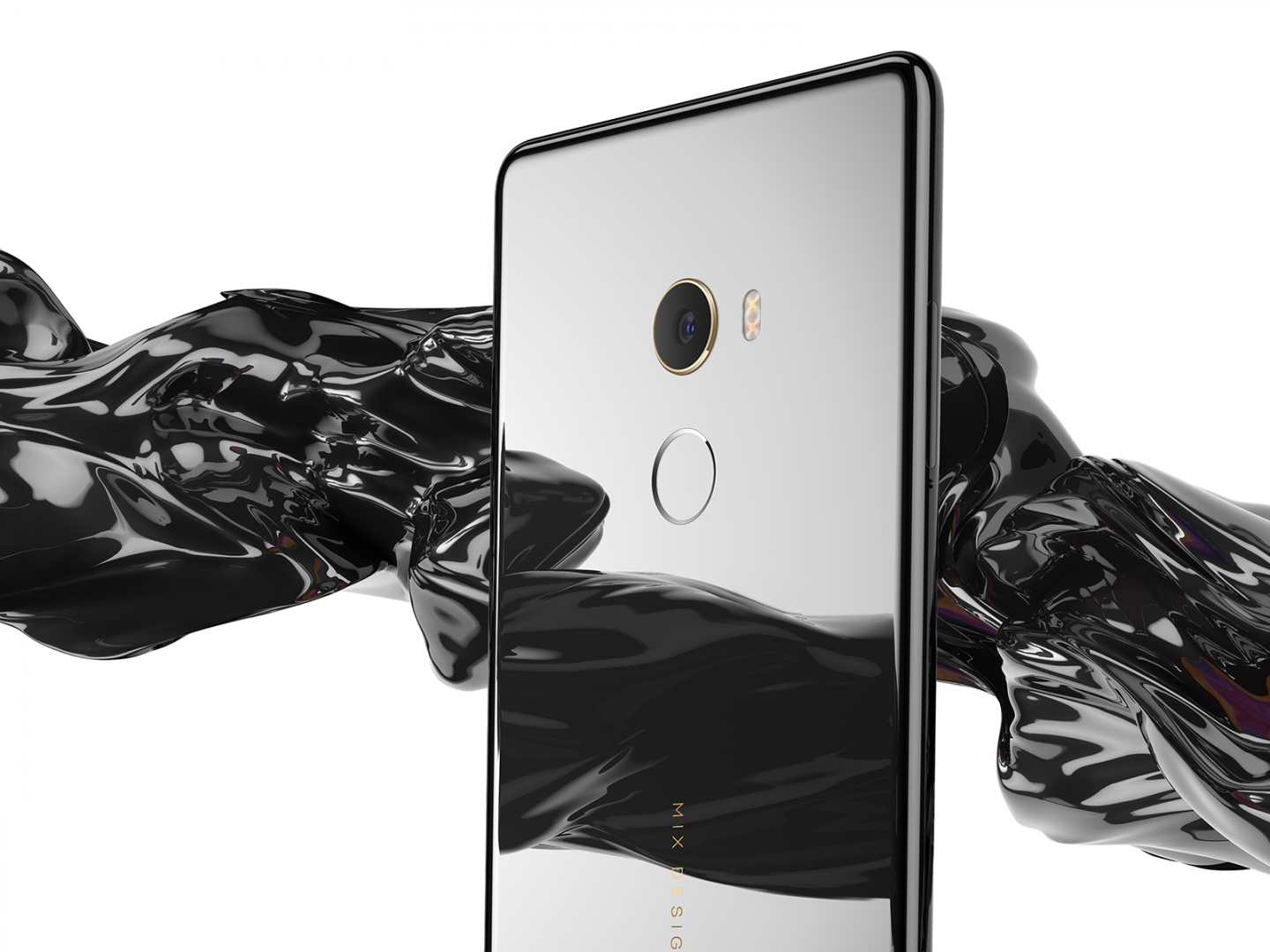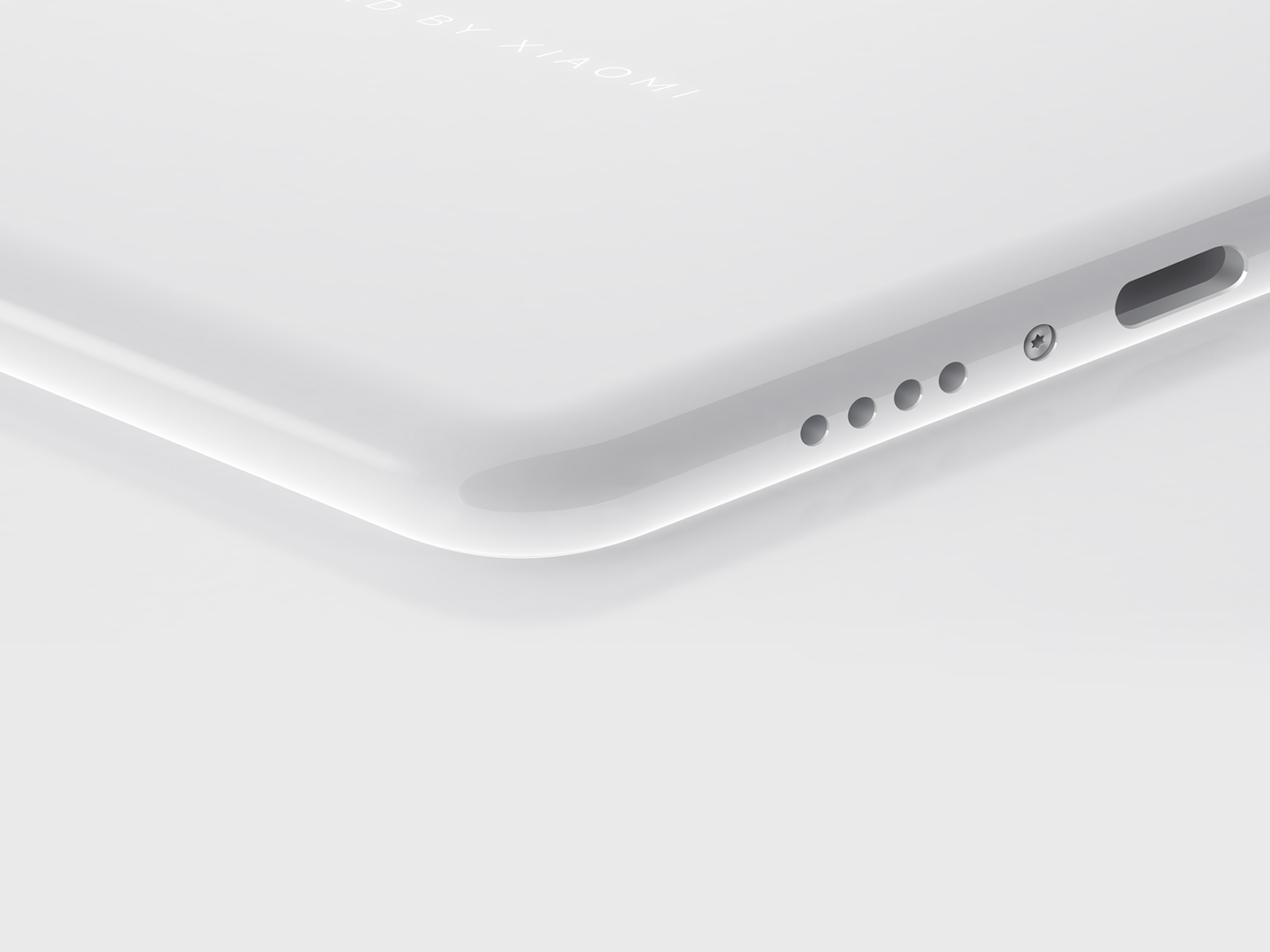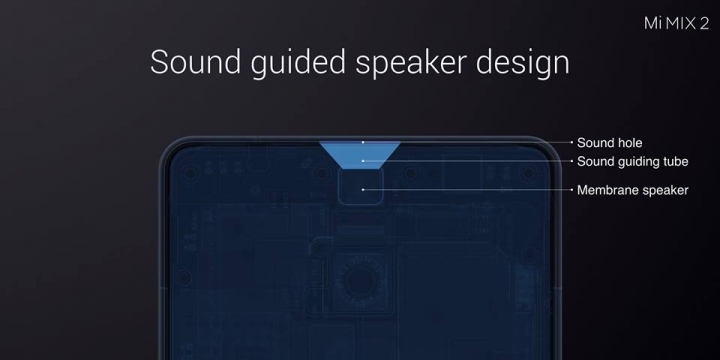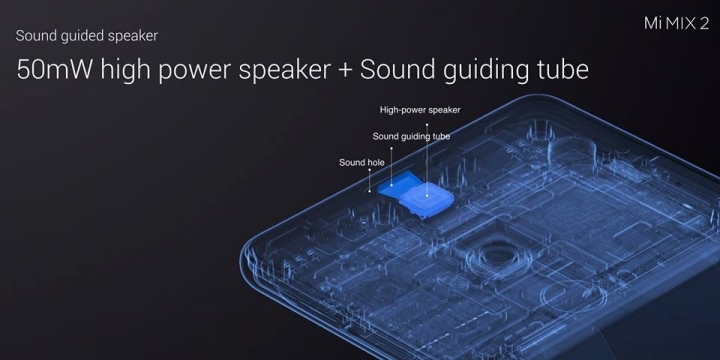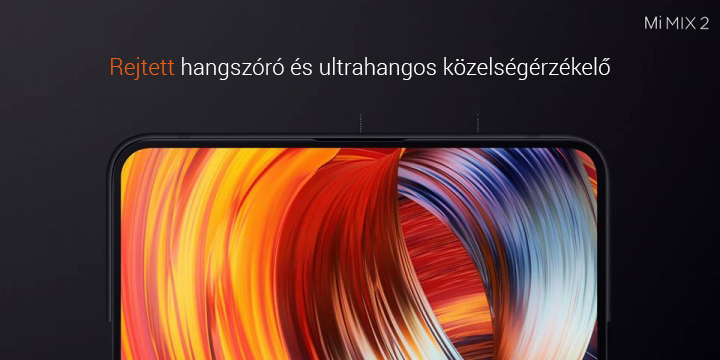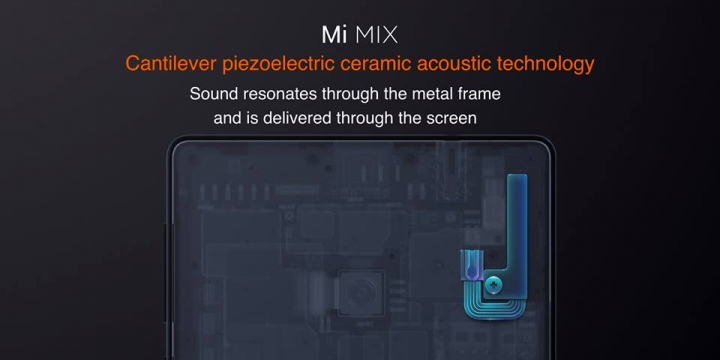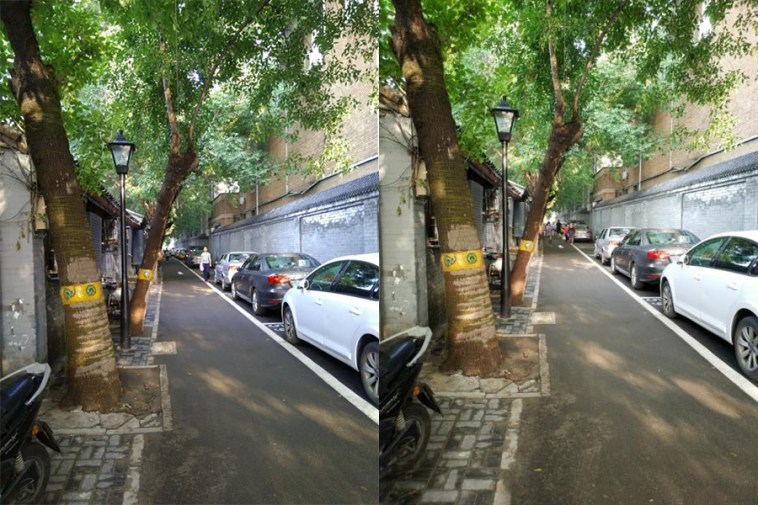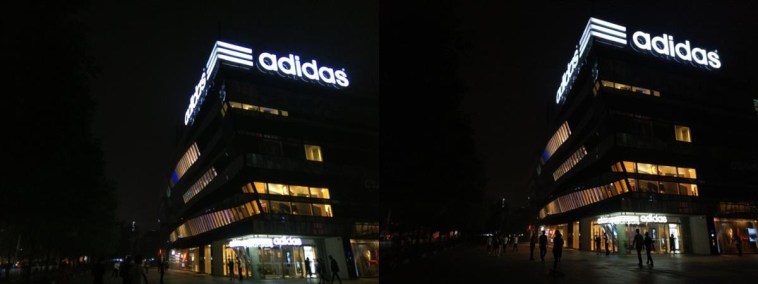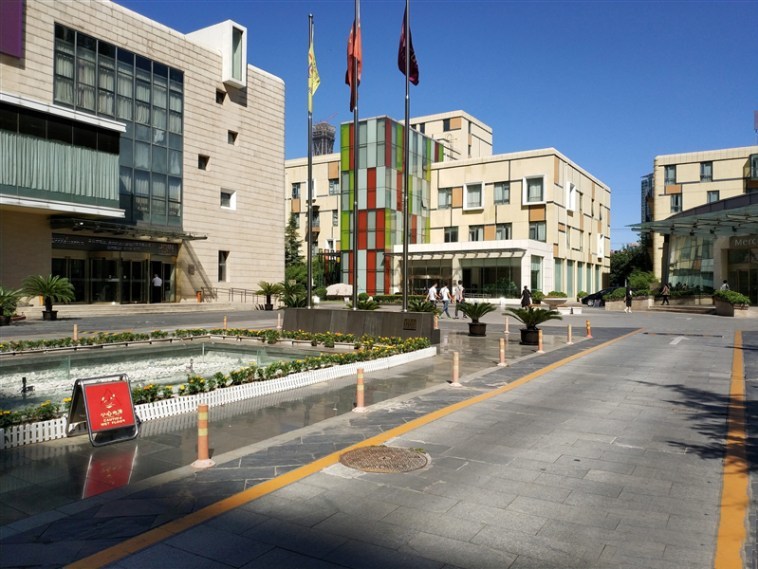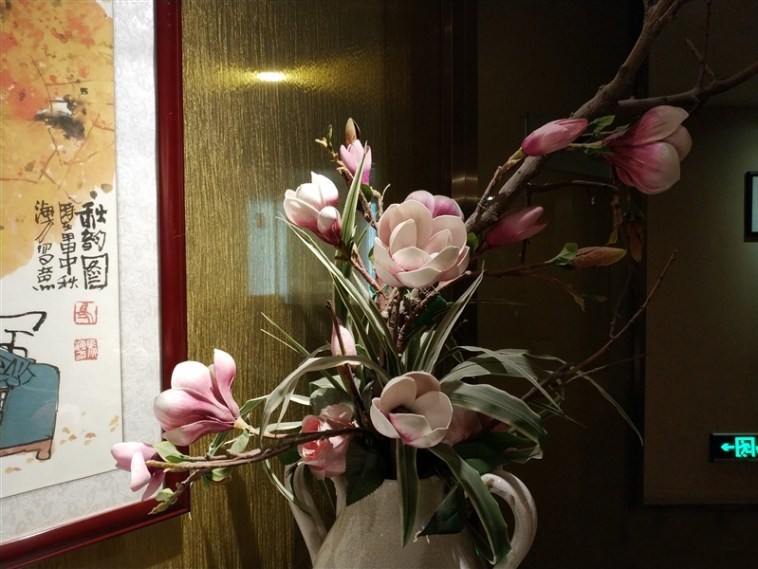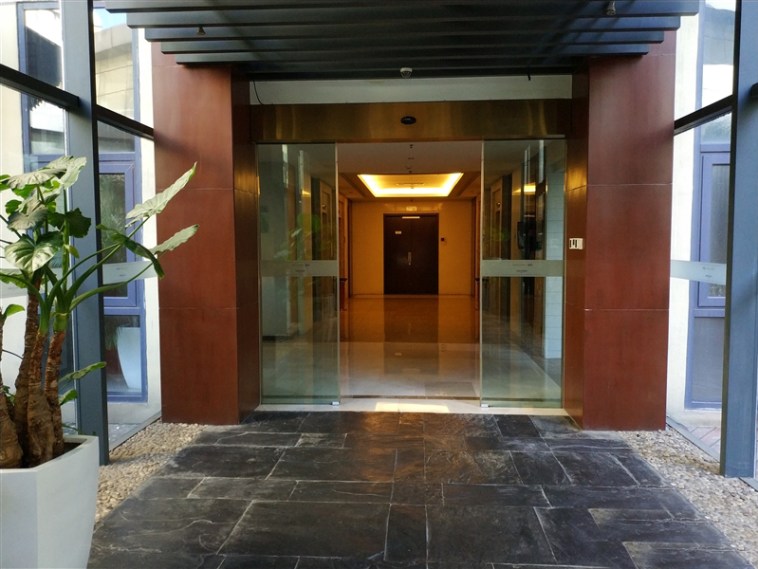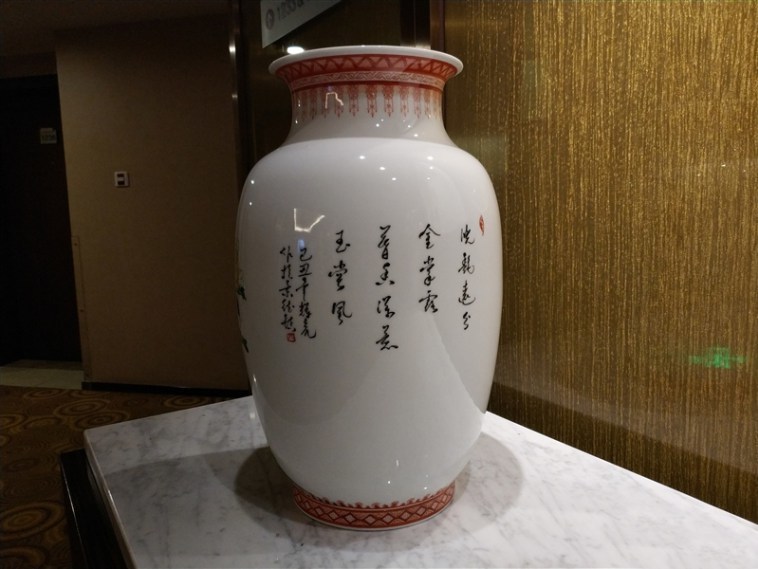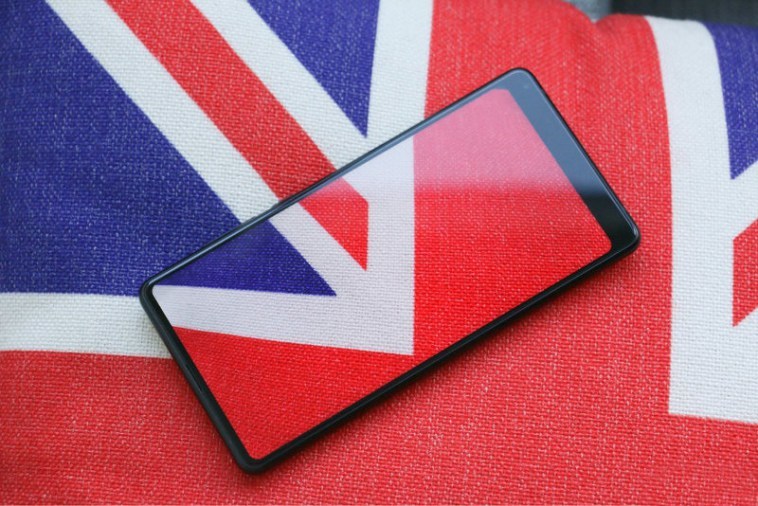The term Full Screen was first used by Xiaomi, the original Xiaomi Mi MIX in the case of. After the announcement of the second generation, a huge campaign was launched in various media (in China and India) with the slogan "Full Screen 2.0" (Full screen 2.0) was. The company was thus indicating its next direction of development. (Such numbers always mean that the manufacturer is making such an improvement in a product or program that it justifies a full version number change.) Many manufacturers, however, use these numbers in an unjustified way, rendering the true meaning completely meaningless. Some Xiaomi copycat companies have announced their own bezel-less smartphones with the slogans Full Screen 2.1 or Full Screen 29.0.
The Xiaomi is the first smartphone manufacturer to introduce a true bezel-less phone(Some of you may also mention Sharp, but their solution was not mass produced, they did not mass produce the product.)
Xiaomi Mi MIX vs Xiaomi Mi MIX 2
MIX 2 shows a spectacular change and improvement compared to MIX. First, the Xiaomi Mi MIX 2 is smaller. The screen size has been reduced by 0.4 inches. While this change still keeps it in the phablet category, it is no longer as prominent in size as before. However, this reduction in size is beneficial for one-handed use. The reduction in bezels means that the phone has the same physical size as a traditional (e.g. iPhone 7 Plus) device with a 5.5-inch screen.
In addition, the 6-inch is more practical and allows the company to use an 18:9 display, which is slowly becoming the new standard, instead of the 17:9 on the original device. Thanks to close collaboration with Google, apps are already optimised for this aspect ratio.
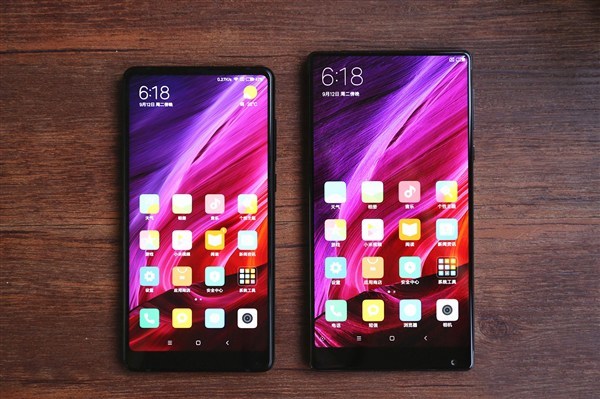
The first-generation Xiaomi Mi MIX uses too many innovative technologies, such as piezoelectric ceramic vibration and an ultrasonic proximity sensor. The former means that the vibrations are transmitted directly through the glass into the ear, making the voice call audible without the traditional speaker distance (between the ear and the device's speaker). With the traditional solution, raising the proximity sensor to your ear causes the display to fade when the display is near your face. Xiaomi's solution has not been an unqualified success, with many complaints about call quality.
So Xiaomi had to tackle and solve two problems: the screen needs to take up more space on the front panel, and improve/upgrade the piezoelectric technology to improve call quality. Luckily, our favourite manufacturer, Xiaomi, knows the concept of innovation. The second-generation Xiaomi Mi MIX 2 features three new technologies known as micro-front-facing camera module, COF (Chip-on-Film) screen-drive flexible manufacturing technology, and active antenna optimization program to improve call quality. This design allows the manufacturer to reduce the size of the phone by 12%.
The third big change is in the design. The Xiaomi Mi MIX looks brutish, while its successor is modern. The manufacturer has rounded the corners to make it fit more comfortably in the palm of your hand.
Moreover, the first model was produced in one version. There are two versions of the MIX 2: one with a sporty metal (Series 7 aluminium alloy) frame with a ceramic housing, while the special edition model made entirely of ceramic.
The Xiaomi Mi MIX 2 is a true flagship, featuring the latest hardware. But it has some shortcomings. So we need to take a closer look to understand how the company is compensating.
Xiaomi Mi MIX 2 - Release
You hear too much about device design. The main reason it's a hot topic is related to the designer, Philippe Starck with the name. He is one of the most popular industrial designers in the world. Thanks to his ideas, the first generation of MIX became very popular. This is the main reason why the company decided to work with Starck again. Fortunately, he had enough new ideas to make another dream appliance a reality.
Every element of the device puts it in the premium class. Even the box looks like the packaging of a luxury product. A square box with the phone's name in gold on top.
The back cover only contains some information about the phone's specifications, its model number and other features. For example, this is the 6 / 256 GB version. Once we open the box, we can see the special quote from Xiaomi CEO, Xiaomi CEO signed by.
As this is a fragile phone, the supplied protective case is a requirement. Also included in the box is an 18W charging head and a USB Type-C cable.
The screen of the device measures 5.99 inches. There is minimal bezels on three sides, with only a cavity on the bottom of the front panel. The front camera is located here. There's no home button, as we're used to on the Xiaomi Mi 6. The screen has a resolution of 2160 x 1080 pixels and a pixel density of 403ppi, a contrast ratio of 1500: 1 and covers the DCI-P3 colour gamut. Manufactured by SHARP.
The back of the device looks surprising, with a fingerprint scanner under the rear camera. The latter is paired with a dual flash, so the camera performs better in low-light conditions. The camera lens 18 carat gold ring frames, just like the first MIX.
You may also notice the slogan "MIX designed by Xiaomi". These are the most important points of the phone, because this is what sells it.
The lower appearance is almost identical to the previous model, with two speakers and the USB Type-C with a port in the middle. The only difference is two antenna strips. They are missing in the original version.
This device left out the 3.5 mm audio jack, received in turn IP67 certification. A secondary microphone for noise reduction is located on top of the device.
The volume control and power button are on the right.
The microSD card slot is on the left.
Xiaomi Mi MIX 2 - Performance
In terms of hardware, few devices can compete with this phone. For example, the OnePlus 5 or the Nubia Z17 can take on the Mix 2 (or in-house from Mi 6, Samsung, LG, HTC, SONY... high end). As mentioned above, devices like the Xiaomi Mi MIX 2 are a nimble Snapdragon 835 uses a chip, 8 GB RAM-paired with. As for the memory options, There are four versions: 6 + 64GB, 6 + 128GB, 6 + 256GB and 8 + 128GB. One more thing, the storage uses UFS2.1 technology, which is faster than eMMC.


We tested it via the AnTuTu benchmark and found more than 180.000 points achieved. This is a wonderful result, but not the best. In contrast, the 8 GB Nubia Z17 beats it and is close to the OP5. Can you imagine the performance of the 8 + 128 GB version of the Xiaomi Mi MIX 2?
I mentioned that a UFS2.1 is fitted with a container, which is the fastest option today. The test shows Reading from speed (740Mb/s), while the writing to Speed (240Mb/s).
Xiaomi Mi MIX 2 - Battery
The expectation is that the battery should be large to give the smartphone a longer standby time. The 3350mAh capacity of the Xiaomi Mi 6 battery is surprising. It lasts for a day when used heavily. It turns out that Qualcomm has improved the power consumption a lot. Xiaomi has also done this in MIUI. The Xiaomi Mi MIX 2 3400mA-battery.
The phone comes with a 18 W-are included in the box. Thanks to this and the Quick Charge 3.0 support (9V/2A), the phone is only 20 minutes 44%-to 79% is rising. Therefore, this battery can be fully charged in 1.5 hours.
Xiaomi Mi MIX 2 - Connections
It's no secret that the Xiaomi Mi MIX 2 supports full-function NFC. This phone supports AliPay and other fingerprint payment systems. As you know, this can only be used if a smartphone supports NFC. In addition, the phone 4x 4MIMO LTE supports four antenna systems. So the 4G+ network with 6 modes and 43 with frequency has.
Has the Xiaomi Mi MIX 2 actually got a ceramic casing?
This is not the traditional ceramic body we have seen so far. This phone uses nano-zirconium powder-enhanced ceramic processing. So the average particle size is only 50 nm. The whole process takes about 10 days and involves most of the processes, including powder preparation, injection moulding, high temperature sintering and post-processing.
Compared to glass, ceramics is one of the hardest materials, with a Mohs hardness of up to 8.5. Electromagnetic shielding is minimal. It therefore offers great 4G connectivity.
As for the speaker, the device returns to the traditional diaphragm-type design. The manufacturer has cut a small opening above the screen. But enough to allow sound to pass through clearly.
The Xiaomi Mi MIX 2 still uses an ultrasonic rangefinder instead of an infrared sensor. The phone is equipped with an internal ultrasonic transmitter that uses a 40 kHz drive signal. In short, this is the same technology found on the original model. But it will work better thanks to the speaker hole.
Xiaomi Mi MIX 2 - Camera
After the launch of the Xiaomi Mi MIX 2, many people think that the camera is the smartphone's weakest point. Moreover, when equipped with a dual camera, there is less outcry from journalists. Unfortunately, the Xiaomi Mi MIX 2 only has a 12MP camera with Sony's IMX386 sensor on the back. This is the same sensor that is the primary sensor on the Mi 6. In size, it's a 1.25µm pixel area unit with 4-axis OIS.
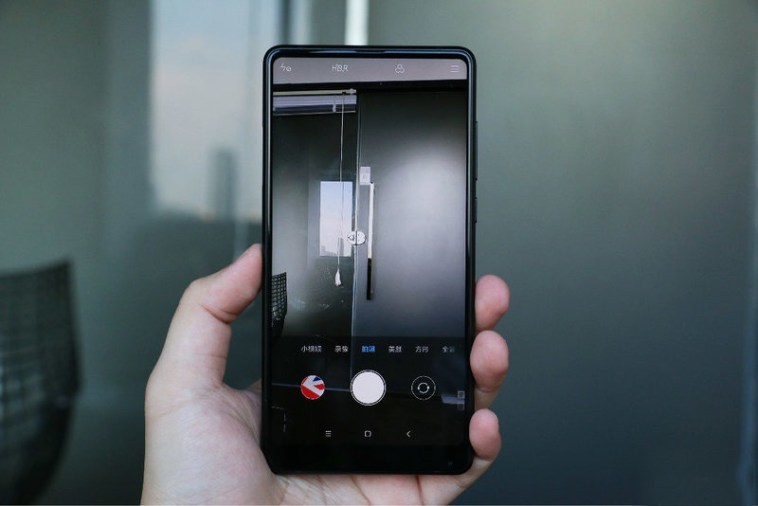
But to understand what has improved compared to the first generation model, let's look in more detail. The Xiaomi Mi MIX has a 16MP (OV16880) camera with f/2.0 and 1.0?m pixel aperture.
In fact, when comparing both devices in bright conditions, the Mi MIX has better colour reproduction. As the sample images below show, the colours are more vibrant and the mapping is more impressive, but the images are a little dull and slightly white.
Xiaomi Mi MIX vs Mi MIX 2
The Mi MIX 2's camera is clearer (faster AF) and has good line sharpness. That's why, better, the background is blurred.
At the same time, the Xiaomi Mi MIX 2 is great for night shots. The sample shots below showcase the original Mi MIX, which produces a lot of imagery. Focus is also poor.
We could argue that the Xiaomi Mi MIX 2 takes better shots than its predecessor, but we'd like to see two sensors.
The front camera is only 5MP.
Conclusion
When the original Xiaomi Mi MIX was launched last year, the whole smartphone market was talking about the screen and innovative technologies. Immediately after the launch, smartphone manufacturers came up with their own frameless flagships. We can mention the Elephone S8, Doogee MIX, Bluboo S1, Umidigi Crystal and many more.
The Xiaomi Mi MIX has inspired many. This demanded a sequel. With the launch of the Xiaomi Mi MIX 2, the company is ushering in a new era of smartphones with a three-sided bezel-less display. But even more amazingly, this phone also features the latest hardware.
As I wrote at the beginning of this article, there are many options to choose from. The black ceramic version of the Xiaomi Mi MIX 2 with 6 + 64GB of memory is priced at 3299 yuan ($ 506), the 6 + 128GB is priced at 3599 yuan ($ 552), and the 6 + 256GB model is priced at 3999 yuan ($ 613). I would not comment on Hungarian prices for now, a few weeks and we will find out.







![[149] HyperOS heti hibajelentés](https://helloxiaomi.hu/wp-content/uploads/2024/04/hyperosbugreportindex-218x150.webp)
![[148] HyperOS heti hibajelentés](https://helloxiaomi.hu/wp-content/uploads/2024/04/hyperosbugreport148-218x150.webp)


![[42. Hét] HyperOS globál ROM változások](https://helloxiaomi.hu/wp-content/uploads/2024/03/hyperoschangelogindex1080-218x150.webp)











